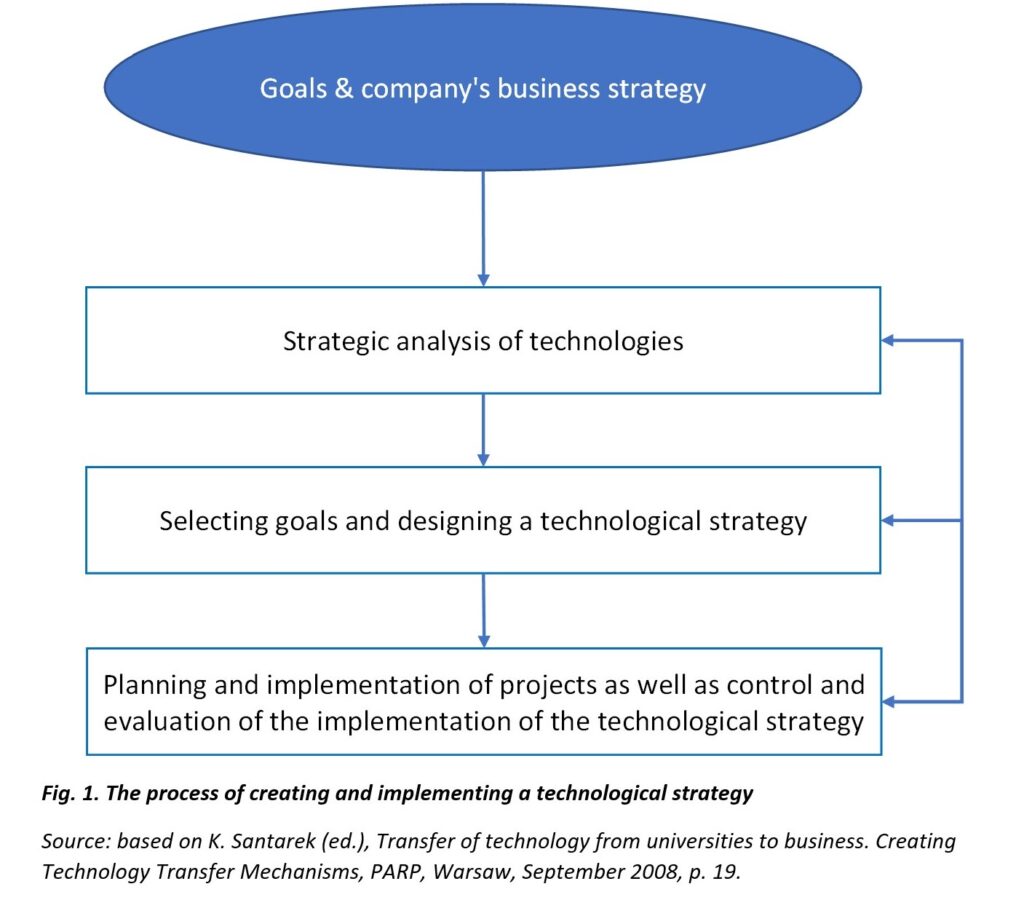Green Data Centers – How to Choose an Eco-Friendly IT Partner?
A Guide for Companies Looking for IT Providers Using Energy-Efficient Infrastructure and Renewable Energy
 Author:
Author:Each strategically oriented company manages its technologies, treating them on an equal footing with such resources as capital, fixed assets and employees. The reasons for managing technologies are as follows:
The term “technology strategy”, although widely used, has not been clearly defined so far. One may agree with the statement that a technology strategy is (according to Wikipedia) “a general plan that consists of goals, principles and methods for using technology within a given organization“. Such an understanding of technological strategy in conditions where the word “technology” is understood more and more broadly seems appropriate. Only, for greater clarity, it would be advisable to separate strategic goals from technological strategy as a means of achieving them. Stanislaw Lobejka, an academic from the Warsaw School of Economics, explains: “Technological strategy describes the way of selecting and using technology to achieve technological advantage.” Technology, as part of its own fulfilment process, should meet its strategic (long-term) technological and related business goals.
In the light of the growing market requirements as well as the ever new technical and technological possibilities to satisfy them, the perception of the strategy of production and service companies on the market is changing. The current concept of the strategy in the dimensions of “products-markets” is replaced with the concept of strategies in the dimensions of “technology-products-markets”. In the proposed approach, the company’s strategy includes not only the selection of products and methods of customer service, but also the competences required to maintain a competitive advantage, in terms of the technologies used, as well as the implementation of procurement processes, purchasing, marketing, sales, financing, market monitoring, etc.
The creation and implementation of a technological strategy is a process based on the long-term intentions of the company, expressed in the previously adopted strategic goals and general strategy. The starting point for selecting goals and designing a strategy is to recognize the technological situation within the enterprise, which provides the basis for planning and implementing activities in this area. The process of creating and implementing a technological strategy should include the following stages (phases) (Fig. 1):

When talking about the technological strategy, it is worth remembering that the production of products and / or the provision of services usually requires many technologies, creating the so-called family (group) of technologies. For example, at INNOKREA, we build dedicated complex IT systems (hardware & software). Below is a list of technology families that we use:
As it results, the creation and implementation of a technological strategy is a process that provides a broad overview of the situation within the company and its environment as part of a strategic analysis, thanks to which, is able to realistically define development plans in the area of technology and carry them out effectively and efficiently. Overall, it aims to give the organization a high degree of control and the ability to evaluate and constantly improve.

Green Data Centers – How to Choose an Eco-Friendly IT Partner?
A Guide for Companies Looking for IT Providers Using Energy-Efficient Infrastructure and Renewable Energy
Green IT

Helm for the Second Time – Versioning and Rollbacks for Your Application
We describe how to perform an update and rollback in Helm, how to flexibly overwrite values, and discover what templates are and how they work.
AdministrationInnovation

Helm – How to Simplify Kubernetes Management?
It's worth knowing! What is Helm, how to use it, and how does it make using a Kubernetes cluster easier?
AdministrationInnovation